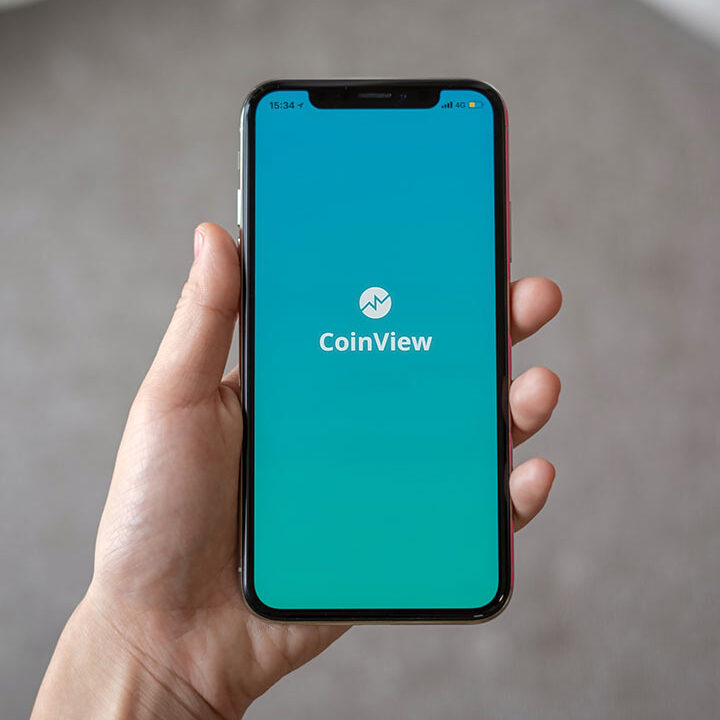FAQs
- Home
- FAQs
Read Most
Frequent Questions
An exclusive right that gives the owner of an invention the freedom to create, utilize, and market their creation is known as a patent. The right suggests that without the owner's consent, no one else may make, use, sell, offer to sell, import, or otherwise deal with the invention. Since patents are territorial in nature, the owner of an Indian patent would only be granted rights inside the borders of Indian territory. Only after the innovation meets the requirements of patentability is a patent awarded.
It is crucial to do a previous arts search, commonly referred to as a patentability search, prior to submitting a patent application. Information about current technologies in the same field of invention is gathered with the aid of this search. One might start drafting the specification based on the search results. There are two categories of specifications: complete and tentative. In order to prevent an early priority date, the former is typically filed when the invention is still simply conceptual, or in its early stages of development. Alternatively, a comprehensive specification is prepared if the innovation is complete, meaning that all necessary data has been produced. Once the specification is complete, the patent application can be submitted.
- True and first inventor,
- Assignee of the inventor, or
- Legal representative
Any legal entity, including startups and small entities, may be an assignee. Since its introduction in February 2014, the tiny entity category has been defined as follows:
If an organization produces or manufactures goods, and its investment in plant machinery does not above the threshold for a medium enterprise as defined by Section (7)(1)(a) of the Micro, Small, and Medium Enterprises Development Act, 2006, then: and in the event of a business offering services, a business whose equipment investment does not exceed the maximum allowed for medium-sized businesses under Section (7)(1)(b) of the Micro, Small, and Medium Businesses Development Act, 2006.
Since its introduction in May 2016, the term "startup" has been defined as follows: (i) Its incorporation or registration date has not elapsed for more than five years; (ii) During any of the aforementioned five years, its turnover did not surpass twenty-five crores of rupees; and (iii) It is pursuing innovation, development, deployment, or commercialization of new products, processes, or services that are driven by technology or intellectual property. With the caveat that any such entity created by dissolving or rebuilding an already-existing company will not be regarded as a startup. Furthermore, it is further provided that the simple process of creating undifferentiated goods or services, or b. products, services, or processes without the potential for commercialization.
A patent is not available for an innovation that is not a product or a method. Plant patents in the US give their owners protection over any novel and distinctive asexually reproduced plant variety. However, patents on plants are prohibited in India. The Protection of Plant types and Farmers' Right Act of 2001 provides protection for new plant types. In a similar vein, a design patent protects a product's aesthetic elements. Design patents are not permitted in India. Rather, the Designs Act, 2000 governs new design protection. The Indian Patents Act also prohibits the use of utility models. Utility models shield small inventions from competition from products that are already on the market.
In India, an innovation should be related to a method or a product as long as it is new, inventive, and has the potential to be used in industry.
A new product or procedure is one that has never been used or discovered before, is beneficial to an industry, is not immediately apparent to a person with a reasonable understanding of the art, and does not fall under any of the exclusions from patentability.






